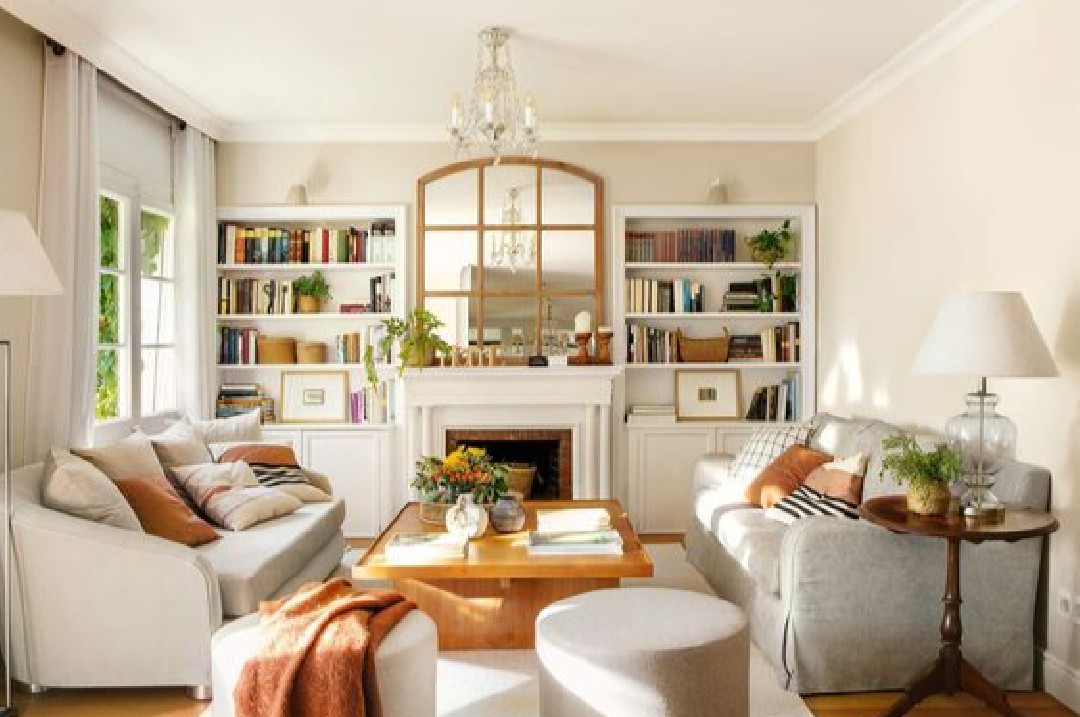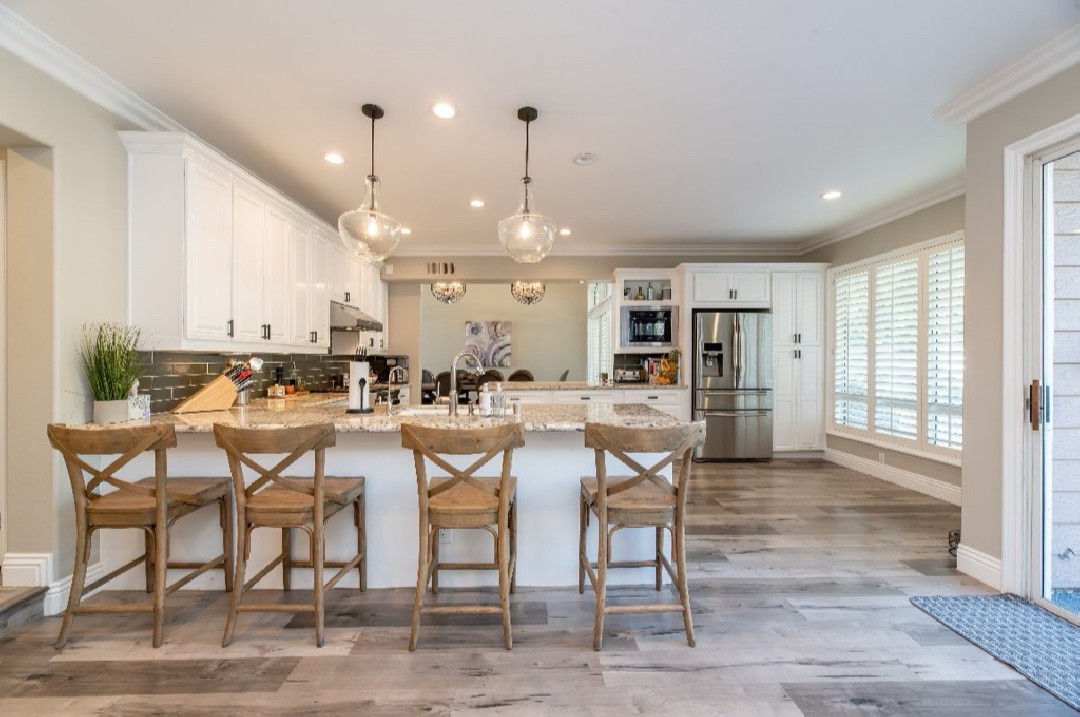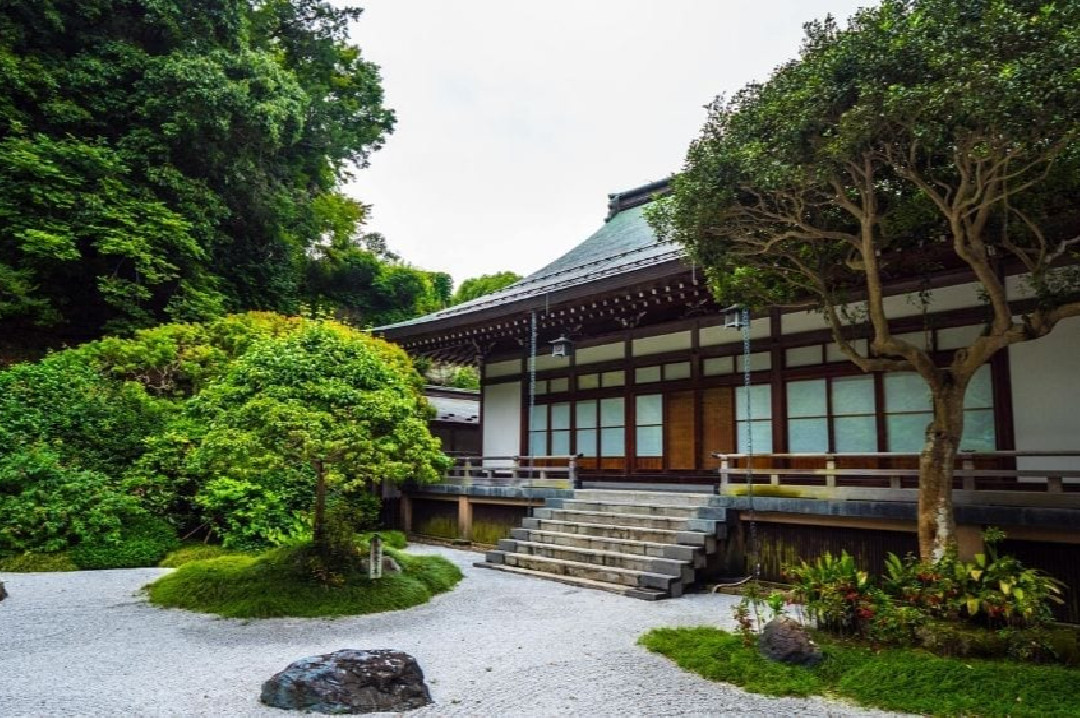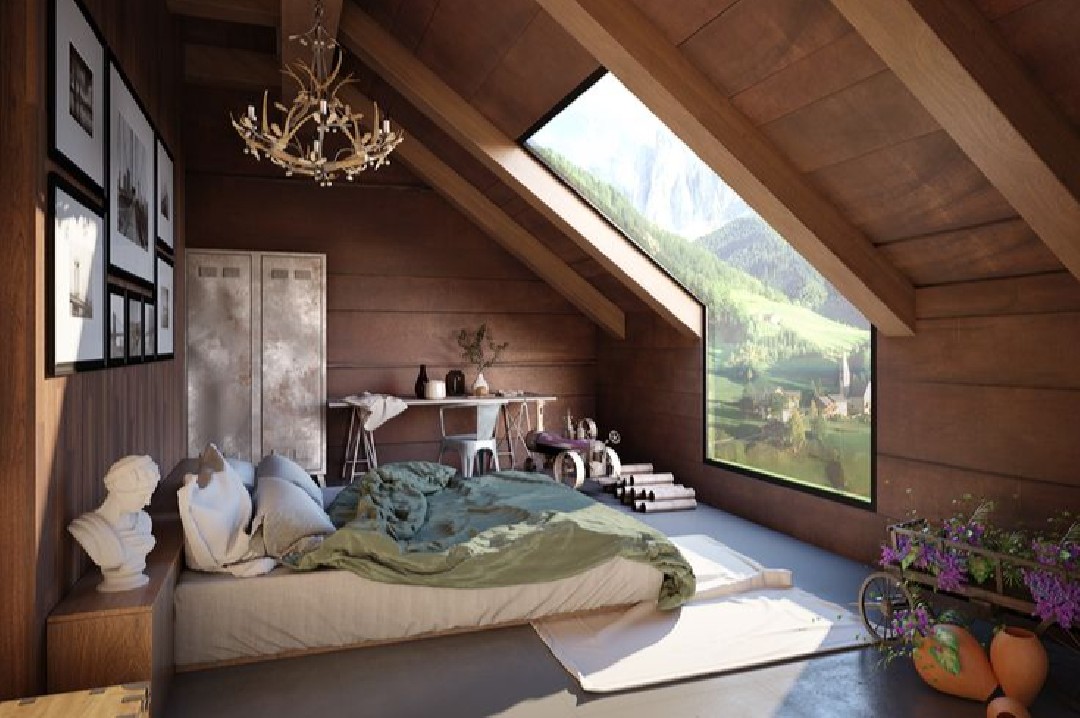Tips for Building a Beachfront House to Keep Your Home Cool
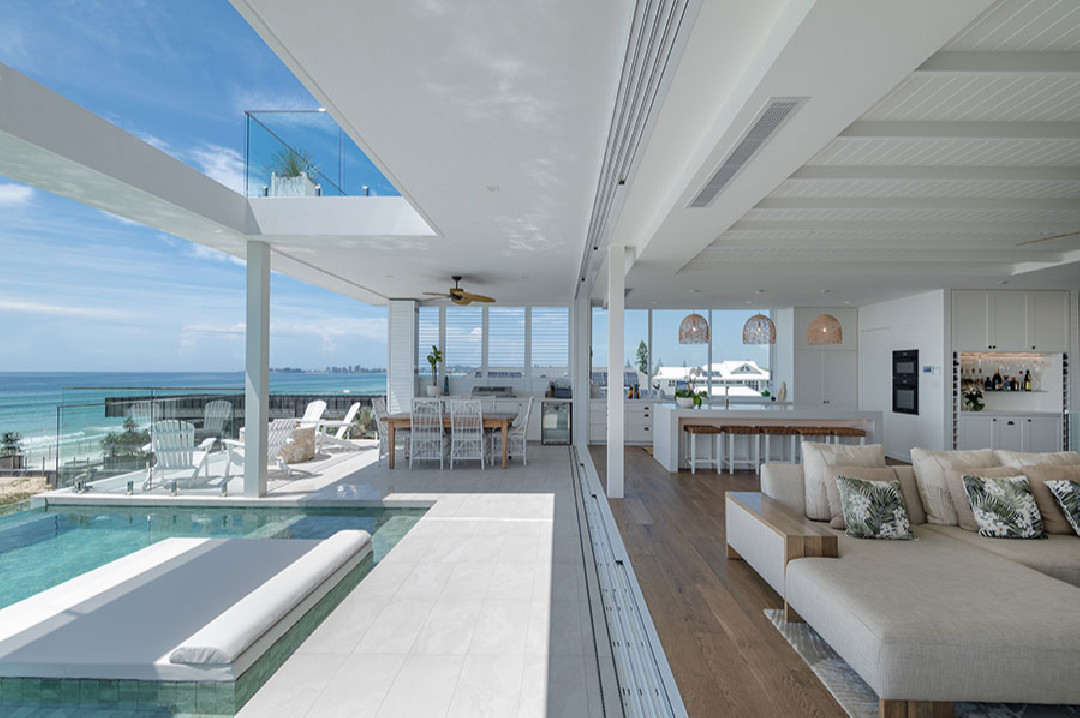
Building a house on the beach is a dream for many people. The beautiful ocean view, the soothing sound of waves, and the refreshing sea breeze make living by the beach feel like an endless vacation. However, one significant challenge must be faced: heat. The scorching heat, intense sunlight, and high humidity can make a beachfront home uncomfortable. Therefore, it’s essential to design your home with specific strategies to remain cool and comfortable, even under the sun's glare. Here are some tips for building a beach house to ensure your home doesn’t get too hot.
Choose the Right Building Materials
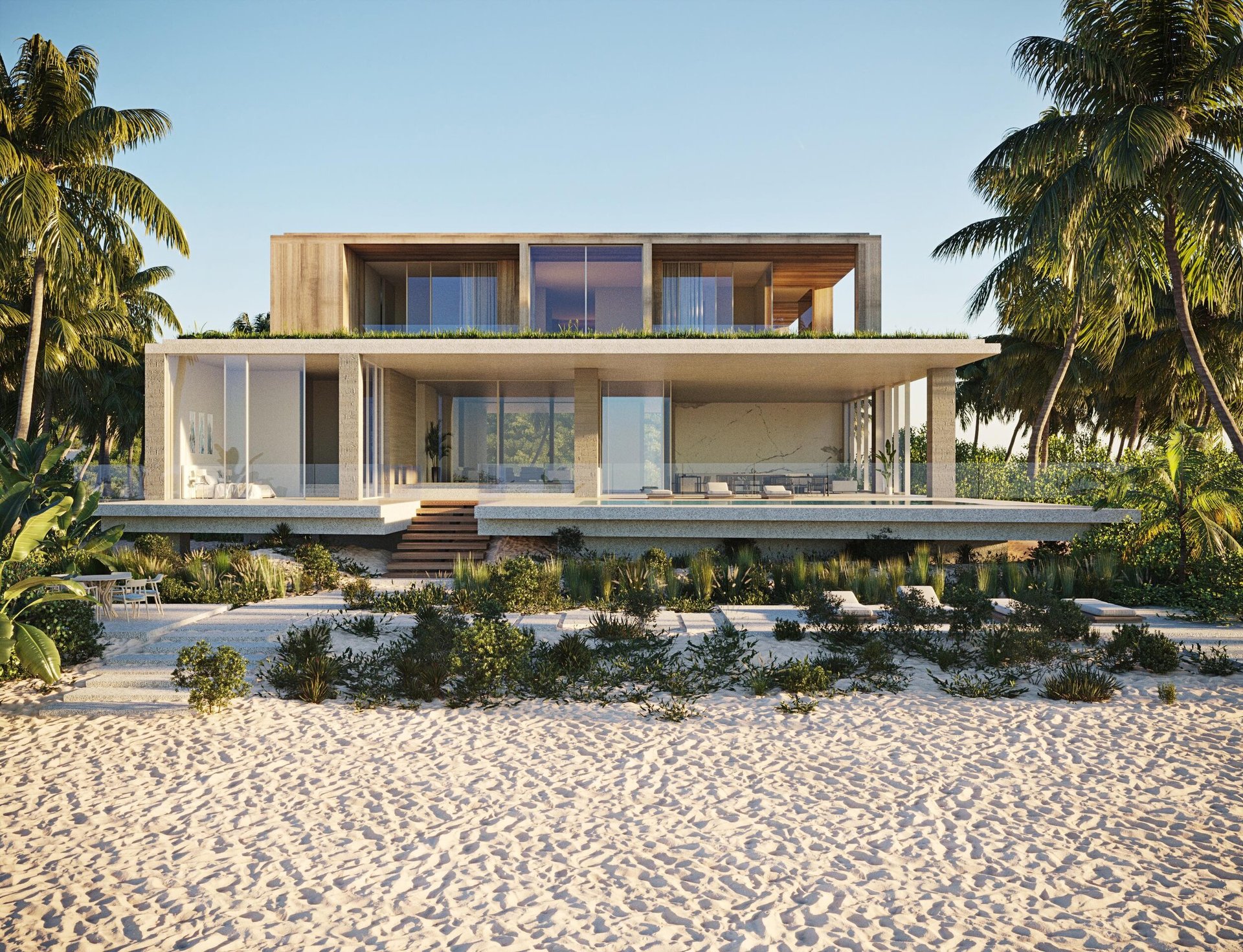
Source: bleehalligan.co.uk
The selection of building materials significantly affects the temperature inside the home. In coastal areas that tend to be hot, choose building materials with good thermal insulation properties. Materials such as lightweight concrete, bricks, or wood are good options as they absorb less heat and help maintain a stable temperature inside the home.
Additionally, avoid using metal for the exterior of the house, as metal tends to absorb and conduct heat quickly. The roofing material is also important; clay or concrete tiles can reflect heat and keep the temperature inside the house cooler than metal roofing.
Utilize Natural Ventilation

Source: houzz.com.au
Good ventilation is key to keeping your home cool. Take advantage of cross-ventilation to maximize air circulation in your home. Cross-ventilation is a technique that involves placing windows and doors opposite each other, allowing the wind to flow freely from one side of the house to the other.
Furthermore, consider installing roof vents such as ridge vents or louvers. These will help expel hot air trapped at the top of the house, keeping the interior temperature cooler.
Use the Right Paint Colors

Source: beachhomedesigns.com
The color of the exterior paint also affects the temperature inside the house. Lighter colors like white, cream, or pastels can effectively reflect sunlight, keeping the home cooler. In contrast, darker colors such as black, dark brown, or dark gray tend to absorb heat and make the house warmer.
For the interior, choose soft, light colors to create a cool and comfortable atmosphere. These colors not only influence temperature but also give a more spacious impression in the rooms.
Install Wide Overhangs on Roofs
.jpg_10.jpeg)
Source: boydteam.com
Wide overhangs on roofs can protect the house's walls from direct sunlight exposure. This helps keep the exterior walls cooler and reduces the heat entering the home. Wide overhangs also provide shade on windows, preventing direct sunlight from streaming into the rooms.
Additionally, wide overhangs can protect the house from heavy rain, which often occurs in coastal areas. This prevents rainwater from entering the house through windows or doors that may not be securely closed.
Insulate the Roof and Walls
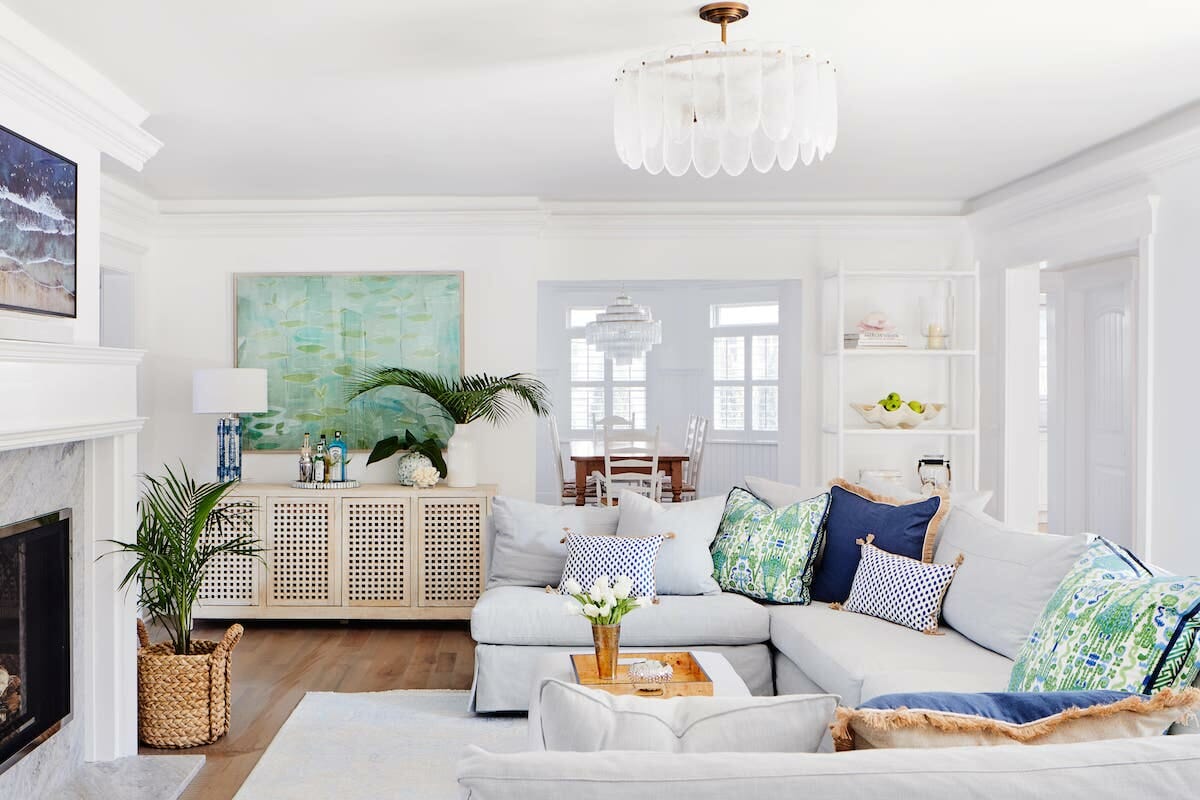
Source: decorilla.com
Insulation is a layer of material that can prevent heat from the outside from entering the home. Insulate the roof and walls to maintain a cooler temperature inside. Roof insulation is particularly important as the roof is the part most exposed to sunlight.
Various types of insulation are available, such as fiberglass, foam board, or reflective insulation. Choose insulation that suits your needs and budget. Ensure that the insulation is installed properly to avoid gaps that could allow heat to enter the home.
Use Specialized Glass Technology
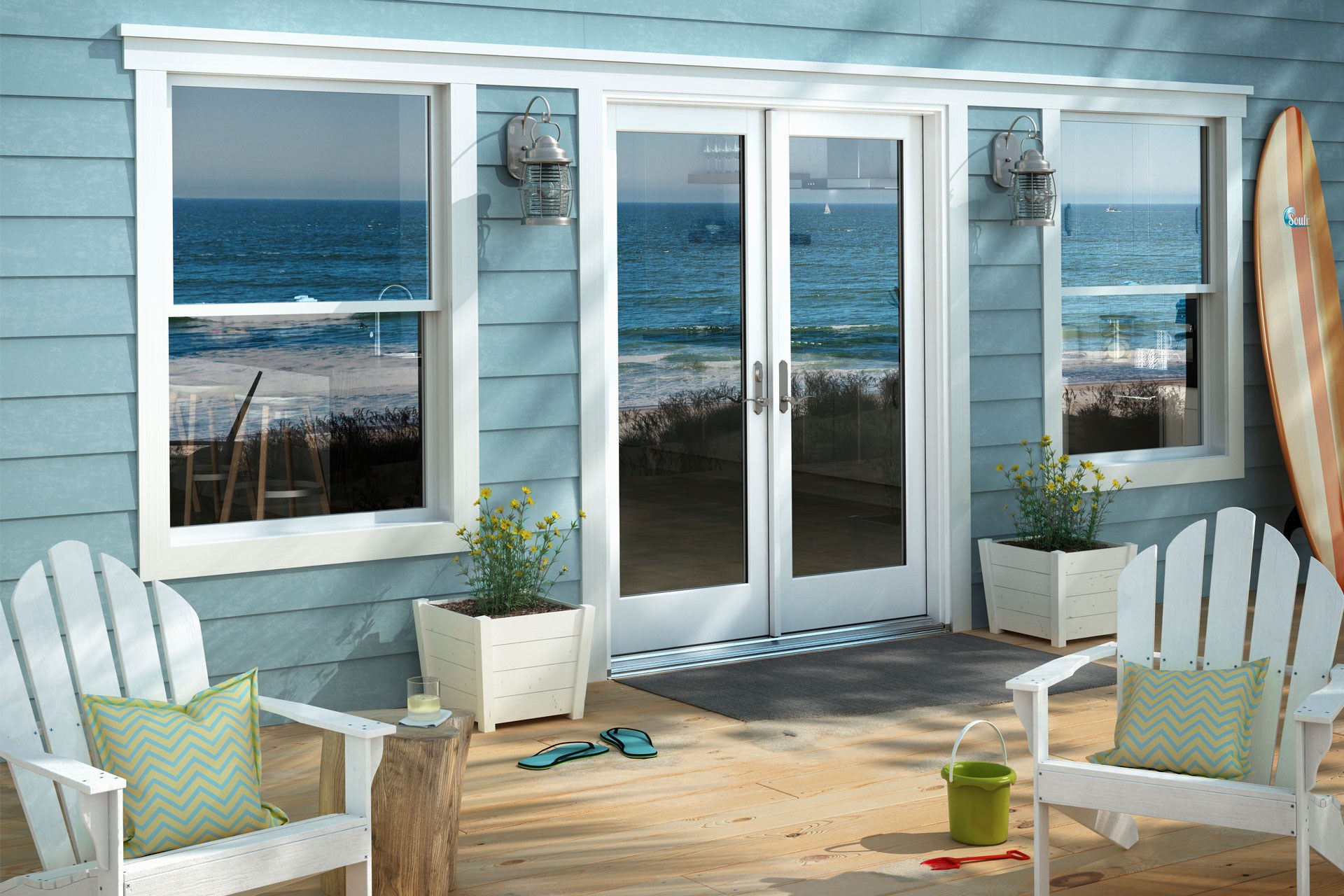
Source: windowworld.com
Window glass is a primary source of heat entering the house. To address this, use glass with specialized technology, such as low-E (low-emissivity) glass or reflective film-coated glass. These glasses are designed to reflect heat and UV rays from the sun, keeping the interior temperature cooler.
Additionally, consider installing thick curtains or blinds on the windows. This will help reduce heat entering the home when the sun is at its peak. Choose curtains or blinds in light colors to maintain a cool ambiance in the room.
Design Open Space Concepts
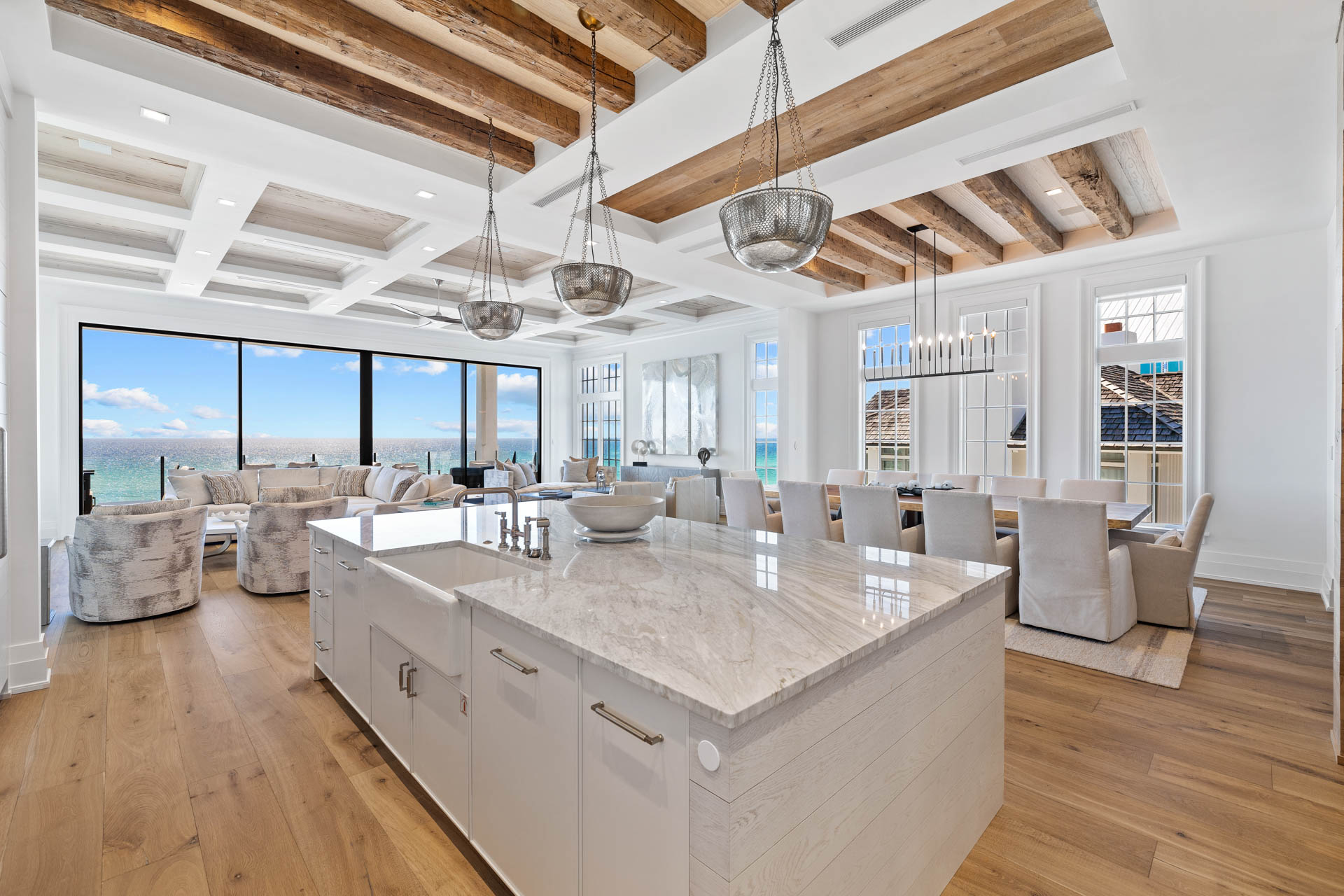
Source: studiominteriordesign.net
An open-space concept can help facilitate good air circulation within the home. Avoid creating too many partitions between rooms to allow air to flow freely. This way, the heat that accumulates in the house can quickly escape through the ventilation.
Open-space designs also provide a more expansive and comfortable feel, making it easier for natural airflow. You can combine the living room, dining room, and kitchen in one open area to maximize air circulation.
Utilize Plants for Shade

Source: whitesandsdesignbuild.com
Plants are a natural solution to reduce heat around the house. Plant large trees around the home to provide shade and reduce heat entering the house. Choose plants that can withstand coastal conditions, such as coconut trees, sea pines, or mango trees.
You can also grow climbing plants around the walls or fences of the house. These plants will absorb heat and provide a natural cooling effect on the walls. Additionally, plants can improve air quality around the house.
Choose Cool Flooring Materials
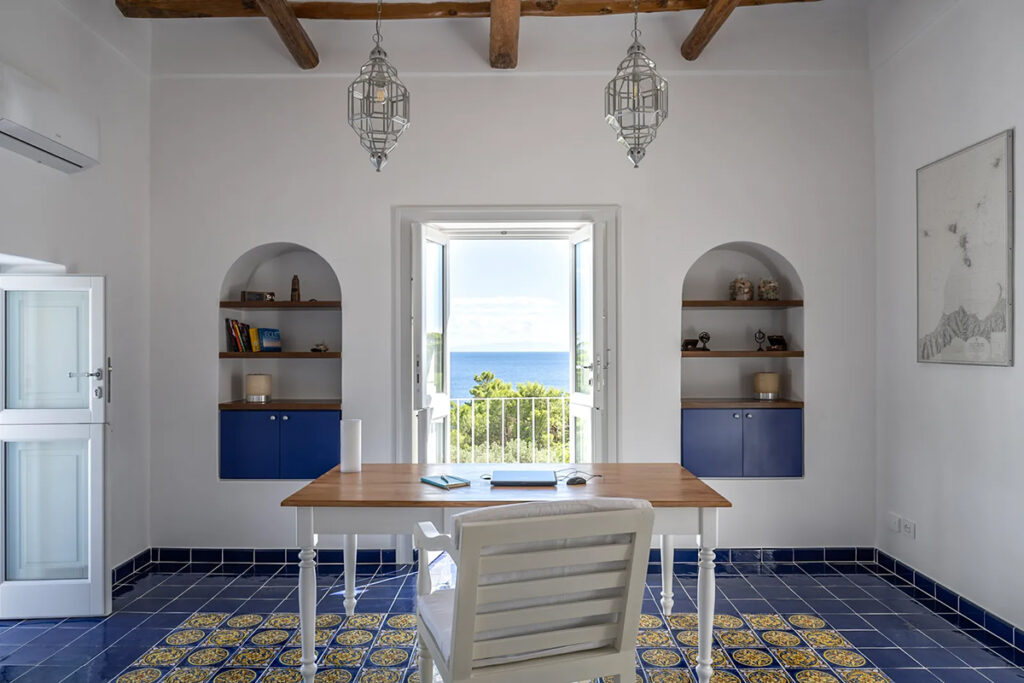
Source: allorashop.com
The choice of flooring material also affects the temperature inside the home. Flooring materials such as ceramic, granite, or marble can provide a cool effect in the room. Avoid using carpets or materials that retain heat, as these will make the room feel warmer.
Additionally, opt for light-colored flooring to reflect light and create a cooler impression in the room. Cool flooring materials also provide comfort when walking barefoot inside the house, especially on hot days.
Design High Ceilings
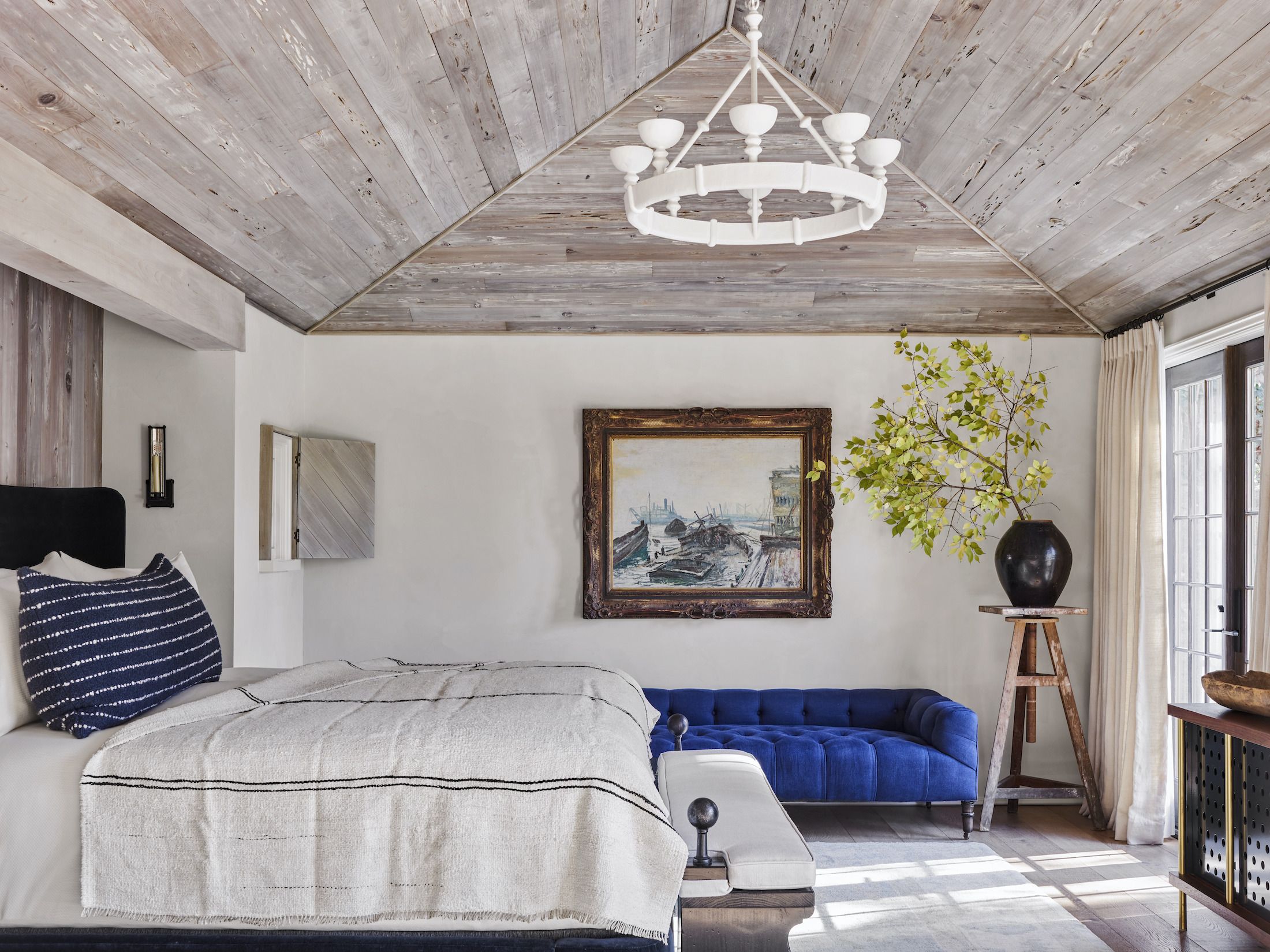
Source: housebeautiful.com
High ceilings can help maintain cooler temperatures in the house. Hot air will rise to the top, keeping the lower rooms cooler. Moreover, high ceilings give the space a more open and spacious feel.
If possible, add ventilation at the top of the ceiling or around the upper walls to expel trapped hot air. This ventilation will help maintain good air circulation and prevent excessive heat inside the house.
Utilize Efficient Cooling Technology
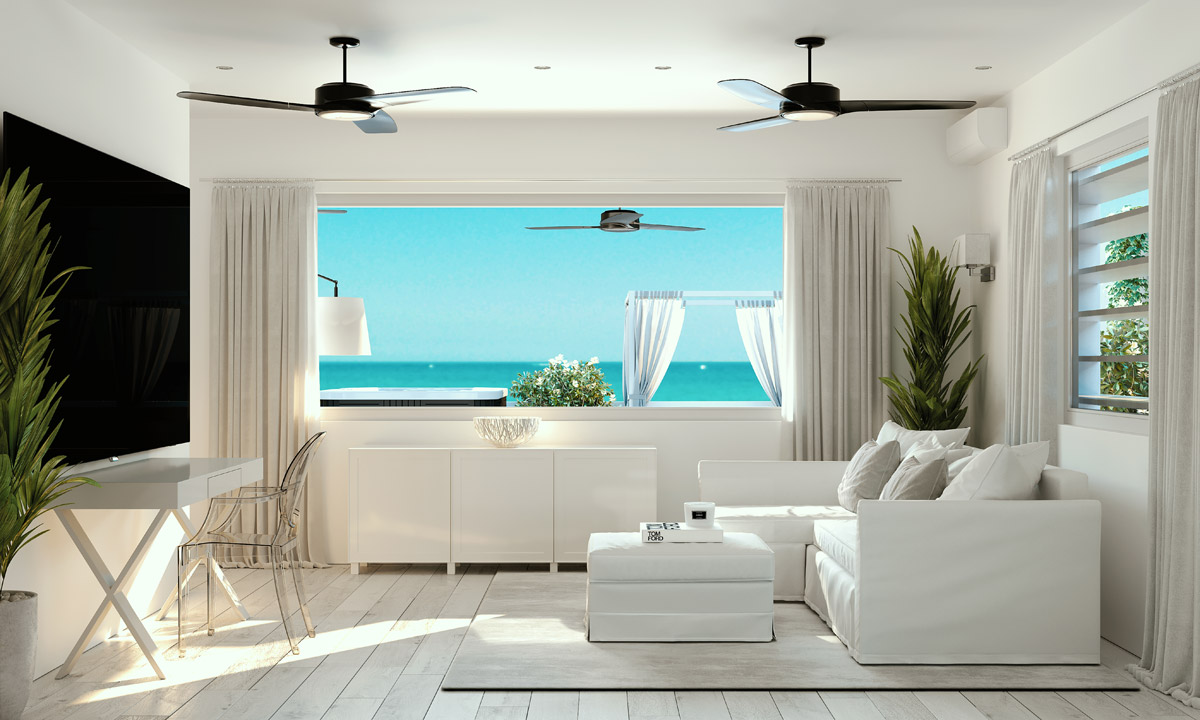
Source: sbid.org
While using air conditioning is a common solution for keeping the house cool, it’s essential to choose energy-efficient and environmentally friendly cooling devices. Opt for air conditioning units with inverter technology that consume less energy. You might also consider ceiling fans or standing fans that can help with air circulation.
Over-reliance on air conditioning can increase energy consumption and electricity costs. Therefore, ensure that the house has good ventilation to avoid complete dependence on air conditioning. Turn off the AC when not needed and set it to an appropriate temperature to save energy.
Install Canopies or Pergolas
Source: buqezecoresort.com
Installing canopies or pergolas around outdoor areas such as patios or the front yard can provide additional shade and reduce heat entering the house. Canopies made of fabric or pergolas with climbing plants can be effective options.
Besides providing shade, canopies or pergolas can also serve as decorative elements that enhance the house's appearance. Choose designs that match the architectural style of your home to create a harmonious and aesthetically pleasing look.
Position the House Properly
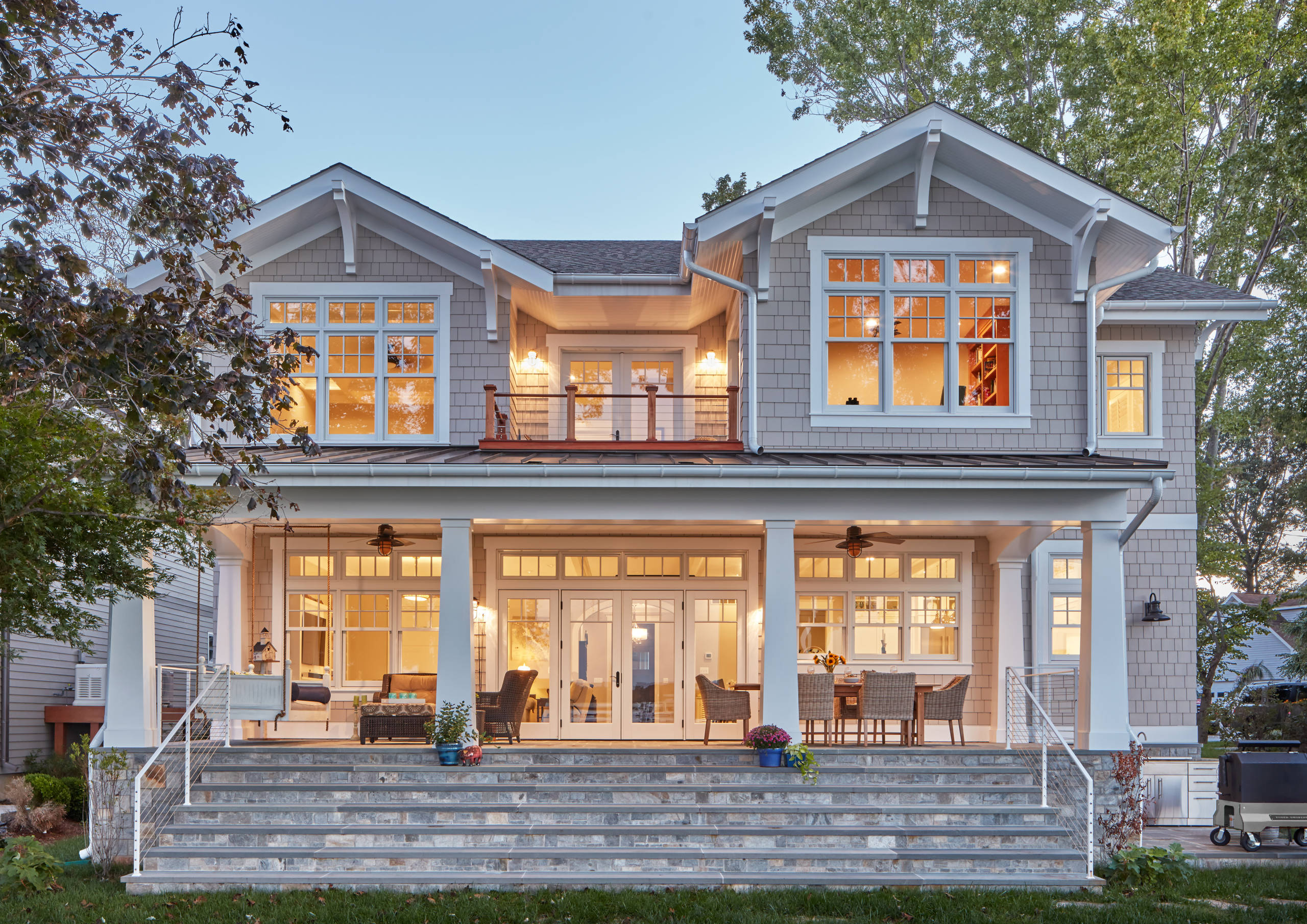
Source: houzz.com
The position of the house significantly influences the temperature inside. When building a home on the beach, consider the direction the house faces. Ensure that parts of the house with large openings, such as windows or doors, face the direction of the sea breeze to receive the refreshing wind.
Avoid placing too many openings on the side of the house that faces the sunrise or sunset directly. This will reduce the exposure to direct sunlight that can raise the indoor temperature.
Conclusion
Building a house on the beach requires careful planning to tackle the challenges posed by hot and humid climates. By following the tips above, you can create a cool, comfortable, and aesthetically pleasing home. Choose the right building materials, utilize natural ventilation, and design the house with attention to air circulation and protection from the sun. This way, your beachfront home will be a relaxing place to unwind and enjoy nature without the discomfort of excessive heat.


